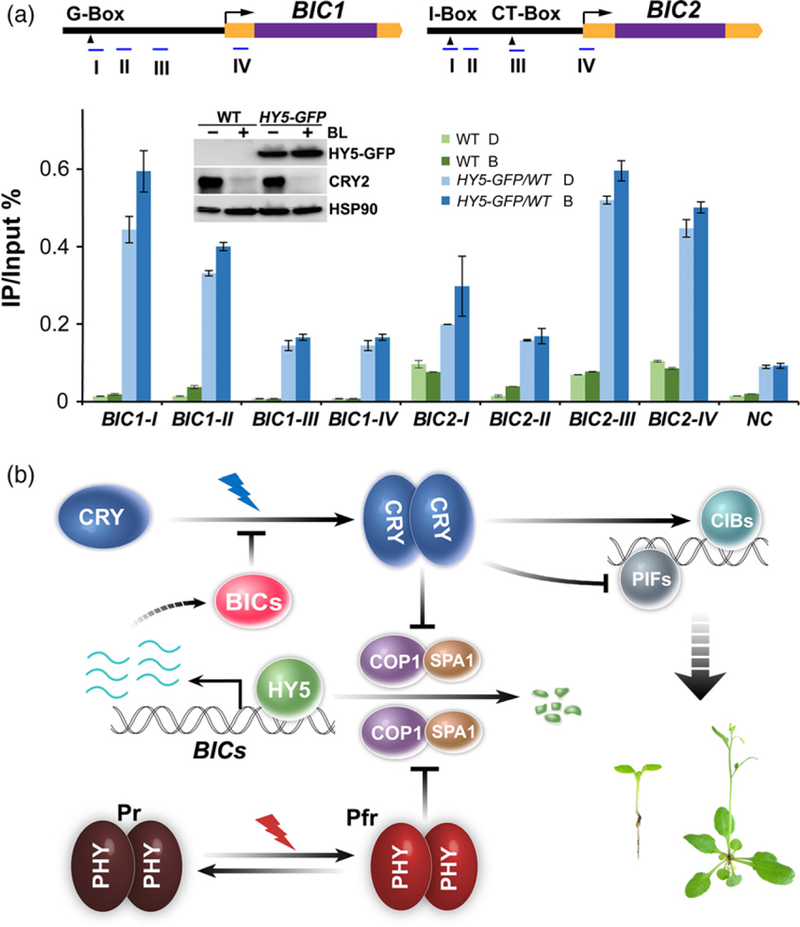Figure 5. HY5 associates with BIC chromatin regions in plants.

(a) Results of the ChlP-qPCR experiments showing interaction of HY5 with genomic regions of BIC1 and BIC2. Five-day-old LD-grown seedlings of wild-type (WT) and pHY5::HY5-GFP (HY5–GFP) transgenic lines were adapted to the dark (D) for 8 h, then exposed to blue light (30 μmol m−2 sec−1; B) for 3 h. ChIP was performed using the GFP-trap beads. The upper panels show the structures of BIC1 and BIC2 genomic loci. Blue lines indicate genomic regions amplified by the ChlP-qPCR. Yellow and purple boxes indicate UTRs and exons, respectively. The black arrowheads indicate locations of G-Box (CACGTG), I-Box (TAGATAACC), and CT-Box (GACGTT). A genomic region of At4G26900 was amplified as the negative control (NC), representing the background signals of GFP–trap pull-down experiments. The immunoblot inside the bar graph shows the lack of dramatic change in the HY5 protein expression under the condition used to perform the ChlP-qPCR assay. Two biological repeats were performed for the ChlP-qPCR assay. Two repeats showed similar results and only one experiment was presented in this figure. The error bar indicates the standard deviation of four technical repeats for each sample. Protein levels of HY5–GFP, CRY2 and HSP90 were detected by immunoblots probed with the anti-GFP, anti-CRY2 and anti-HSP90 antibodies respectively. Blue light-dependent CRY2 degradation was used to assess the blue light treatment, HSP90 was used as the loading control.
(b) A hypothetic model depicting the CRY2-BlCs negative-feedback circuitry. CRY2 exists as inactive monomers in the dark. Photoexcited CRY2 becomes homodimers or oligomers, which interact with CRY-signaling proteins (such as SPA1, PlFs and ClBs) to activate photomorphogenic development. Cryptochromes and phytochromes mediate blue light or red/far-red light inhibition of the activity of COP1/SPA1 E3 ligase, resulting in activation of HY5. The HY5 protein binds to the promoter of BIC genes to active transcription of the BIC genes in response to light. The BIC proteins bind to CRY2 to inhibit CRY2 dimerization and activation.
